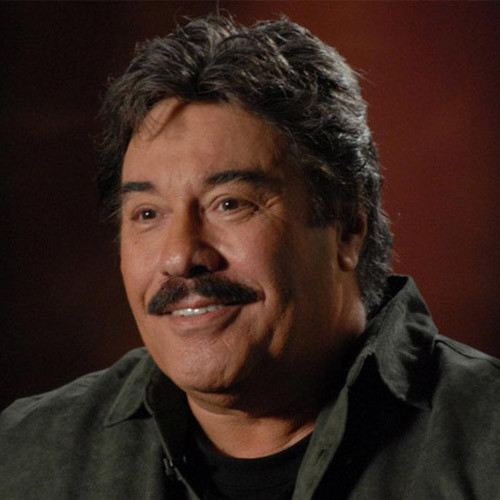
Tony Orlando
Michael Anthony Orlando Cassavitis (born April 3, 1944), better known as Tony Orlando, is an American show business professional, best known as the lead singer of the group Tony Orlando and Dawn in the early 1970s.

Michael Anthony Orlando Cassavitis (born April 3, 1944), better known as Tony Orlando, is an American show business professional, best known as the lead singer of the group Tony Orlando and Dawn in the early 1970s.